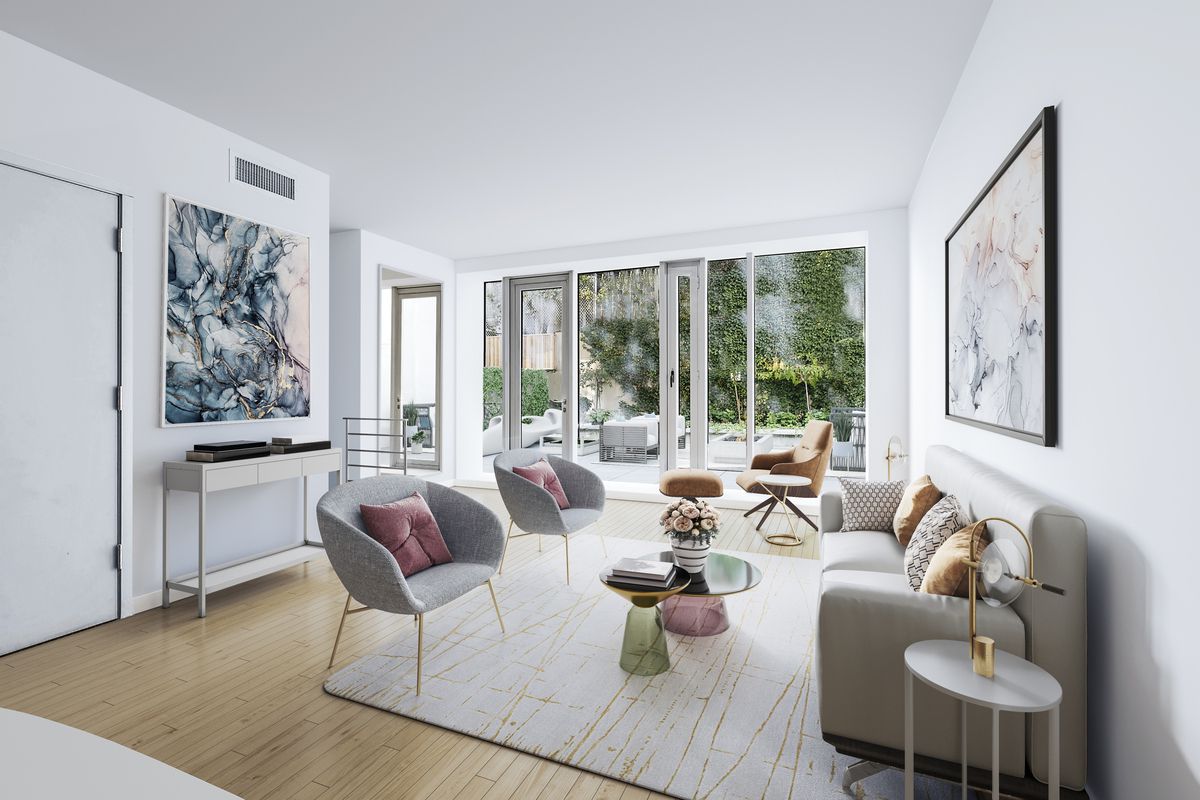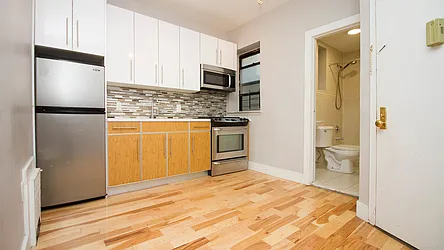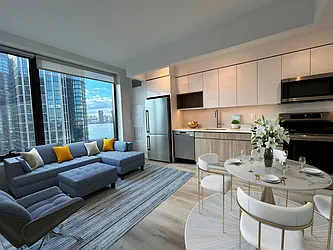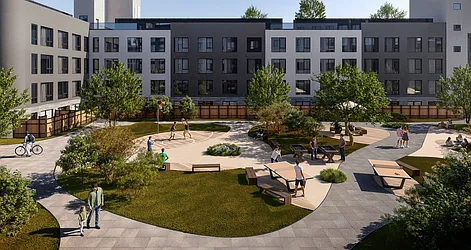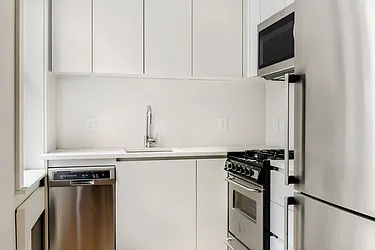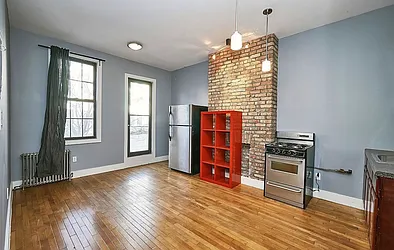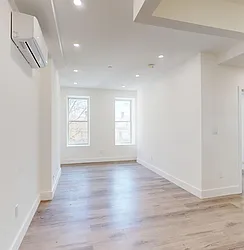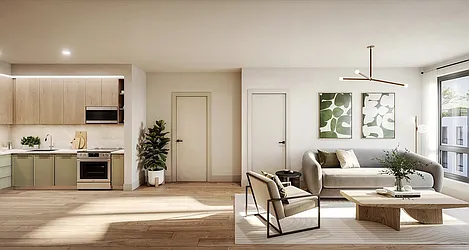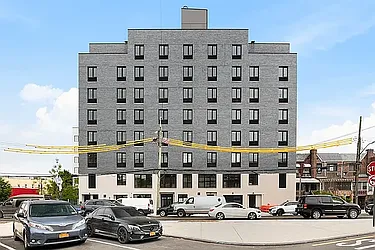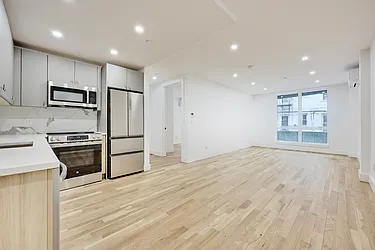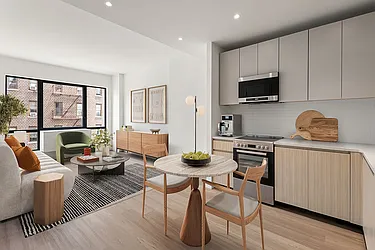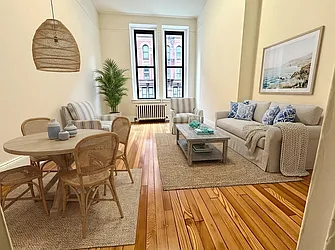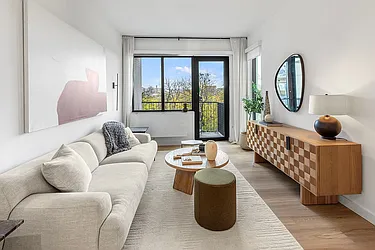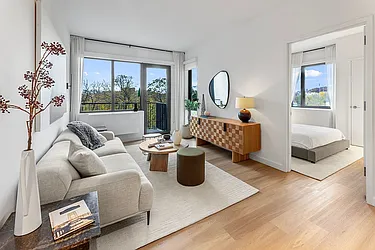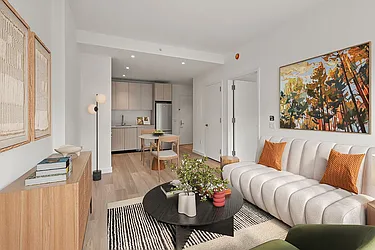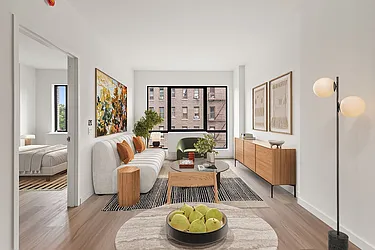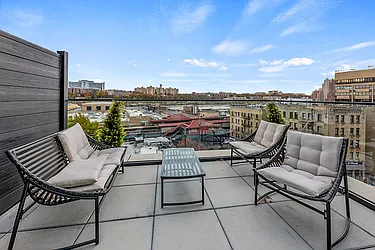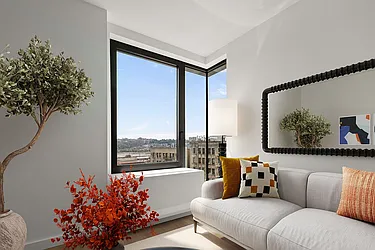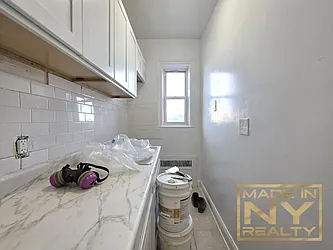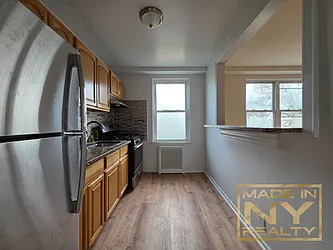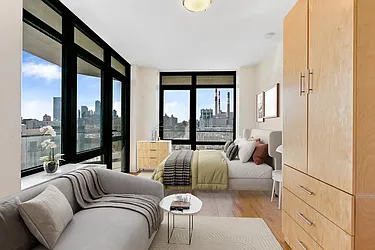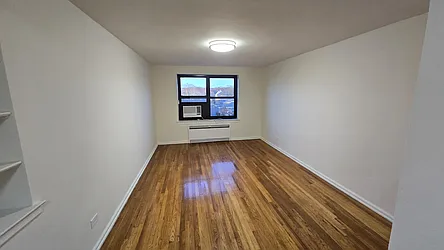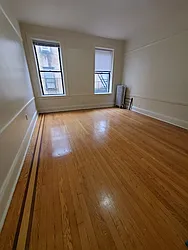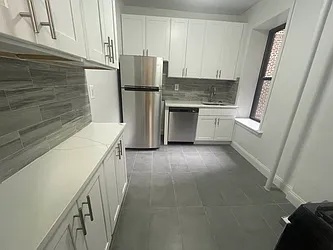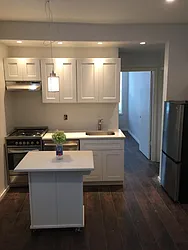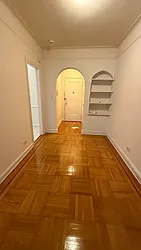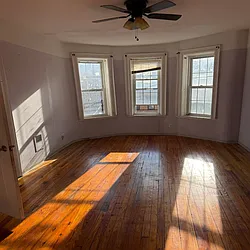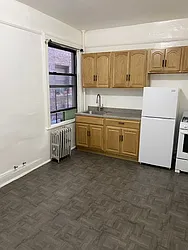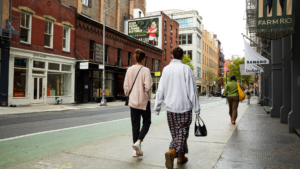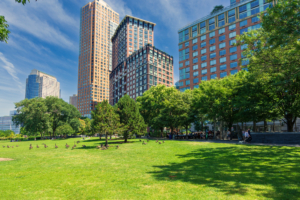COVID-19 + NYC Real Estate
Pre-pandemic, it seemed like the real estate world was all about large-scale projects with over-the-top amenities. Now, for many, finding a place to live revolves around buildings with fewer residents, reduced frequent touchpoints, and more private outdoor space. Walk-ups are suddenly more alluring and in-unit washers and dryers are quickly going from a nice bonus to a must-have. Yes, thanks to COVID-19, the ability to avoid personal interactions has become the most highly sought-after amenity of all. That’s why first-floor apartments — sometimes considered less desirable — are suddenly catching the eyes of home hunters. In fact, they have many more benefits than you might have thought. Here’s everything you need to know.
Table of contents
Brooklyn Rentals Under $3000 on StreetEasy Article continues below
What Exactly Is a First-Floor Apartment?
Not all first-floor apartments are created equal! Here are a few things to keep in mind when on the hunt for one.
It might seem like a silly question, but in NYC real estate, nothing is ever straightforward. Like all NYC apartments, first-floor apartments come in all shapes and sizes, some with more benefits than others. Some may face the rear, thus being quieter and more private than street-facing units, and some are even coveted duplexes.
“There are post-war condos, prewar coops, townhouses, and other varieties of structures with charming first-floor apartments,” says Noemi Bitterman of Warburg Realty. “A first-floor apartment overlooking the river in the Beekman area has a very different feel and vibe than a first-floor apartment on 34th and Sixth.”
Manhattan Rentals Under $3500 on StreetEasy Article continues below
Benefits of First Floor Living
There are a lot of positives to living on the first floor.
- Steering clear of elevators: “One perk is that there is no need to share the elevator with other residents,” says Bitterman. “Walking straight into your apartment feels like you are walking into a house.” No buttons to push or squeezing into tight quarters with strangers sounds pretty good these days.
- Avoiding stairs: This can be particularly beneficial if someone has mobility issues or small children. “Plus, walking right into your apartment with heavy grocery bags, with no need to wait for an elevator or climb a flight of stairs, is a big plus,” says Bitterman.
- Paying less (potentially): In some instances, first-floor apartments are less expensive than other similar units in the same building.
- Enjoying cooler summers and even more comfortable winters: Heat rises, which means first-floor apartments tend to be cooler. This can be a major bonus during hot NYC summers. It can be a perk in the winter too if a building provides too much heat.
- Having higher ceilings: While it’s not the case for all units, many first-floor apartments have higher ceilings than other units in the building. Says broker Gerard Splendore of Warburg Realty, an owner of two first-floor units: “My experience is that ceiling heights are a bit higher, as the first floor was originally commercial space.” Christopher Totaro of Warburg Realty adds, “One of the benefits of a first-floor apartment, especially downtown, is that you are more likely to find a space with high ceilings. And by high, I mean 14 to 16 feet or more. In my own space, I was actually able to build a second floor.”
Of course, there are some downsides to living in a first-floor apartment too. For example, there’s potential for more street noise and less natural light. But there are usually fixes for those. “Without a doubt, invest in shades that drop from the top, allowing light to enter the apartment while maintaining total indoor privacy,” says Bitterman. “Another tip is to get plants: Putting them on your windowsill can make up for a street view.” When it comes to noise there are plenty of tricks for soundproofing your apartment.
Queens Rentals Under $3000 on StreetEasy Article continues below
Tips for Picking the Best First-Floor Apartment
- Pay attention to the floorplan: “Take careful note of the apartment layout and where it faces,” says Bitterman. To ensure a peaceful night’s sleep, for example, you’ll want the bedrooms to face the rear of the apartment and the common living space to face the street.
- Stay away from possible noise: “The unit’s location should be as far as possible from any ‘noise generators,’” says Splendore. These could include a doorman’s desk, elevator, recycling room, package room, mailroom, or lobby seating area where people may congregate. “And if the apartment is too close to the building’s entrance, it could be loud or drafty,” he adds.
- Search for an elevated first floor: In some apartments, the technical first floor could be six or seven feet higher than street level. This provides a nice separation from the outside world. A listing description will often note that variance, and you can always ask the broker to clarify.
